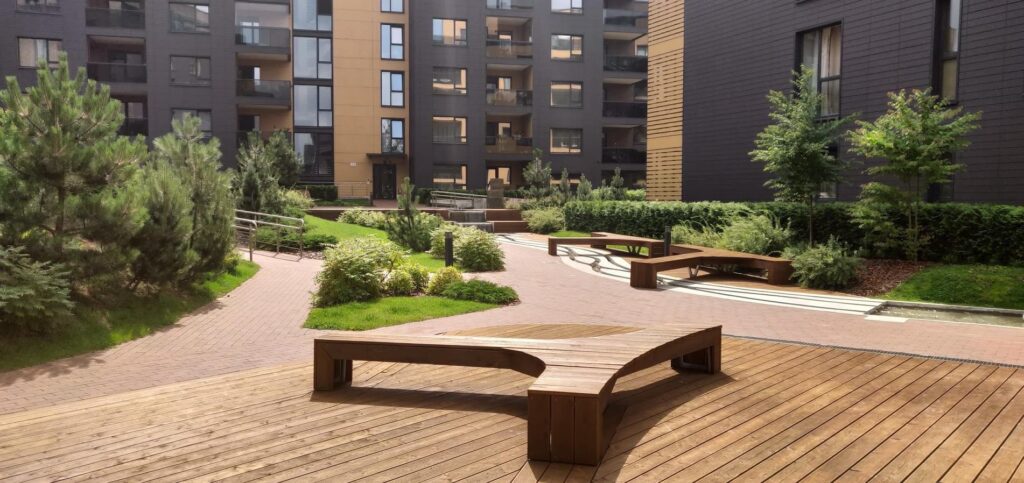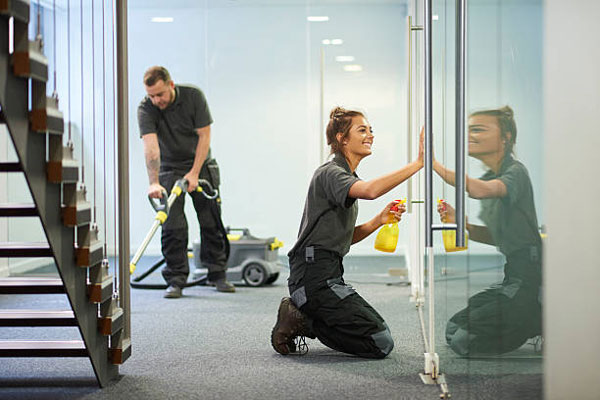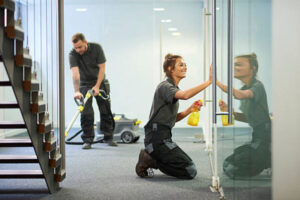Communal areas are shared spaces within a building, complex, or community that are available for use by all residents or members. These areas are designed to facilitate social interaction, recreation, and convenience, often enhancing the sense of community. Examples of communal areas include:
- Lobbies and Reception Areas: The entrance or main hall where residents and visitors first arrive.
- Lounges and Common Rooms: Spaces for relaxation, socializing, or hosting events.
- Kitchens and Dining Areas: Shared cooking and eating spaces, often found in dormitories, hostels, or co-living spaces.
- Laundry Rooms: Facilities for washing and drying clothes, typically found in apartment buildings or dormitories.
- Gardens and Courtyards: Outdoor spaces for recreation and relaxation.
- Playgrounds: Areas designed for children’s play, often equipped with swings, slides, and other playground equipment.
- Fitness Centers: Gyms or exercise rooms with equipment for residents to use.
- Swimming Pools: Pools for leisure or exercise, shared among residents.
- Meeting and Conference Rooms: Spaces for formal gatherings, meetings, or group study sessions.
- Parking Areas: Designated parking spots for residents and their guests.
- Libraries or Study Rooms: Quiet areas for reading, studying, or working.
- Entertainment Rooms: Spaces equipped with TVs, games, or other entertainment options.
- Rooftop Terraces: Elevated outdoor spaces offering views and seating areas.
These communal areas are typically managed by property management or homeowner associations to ensure they are maintained and accessible to all residents. Communa





